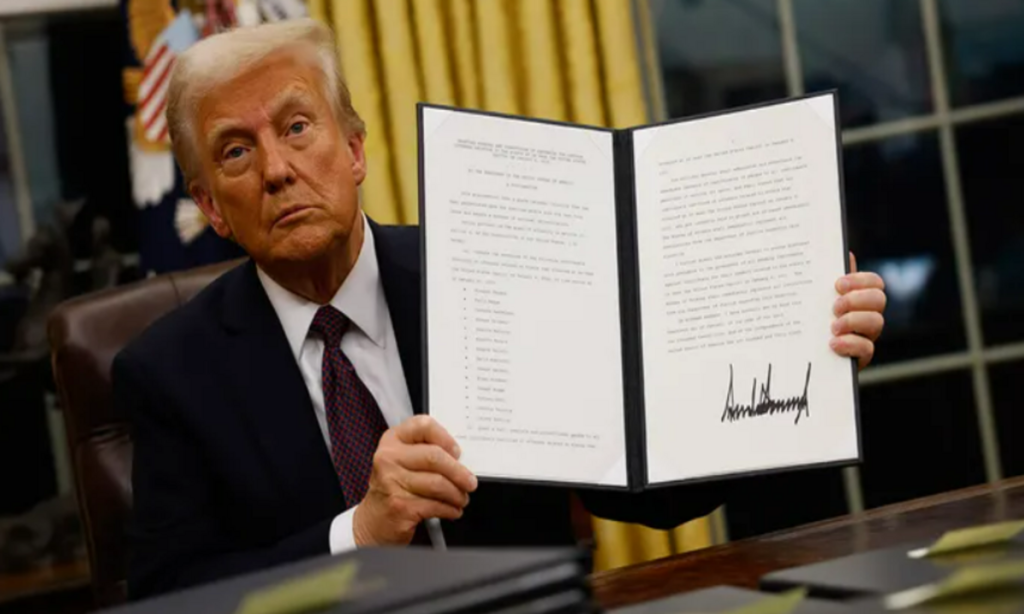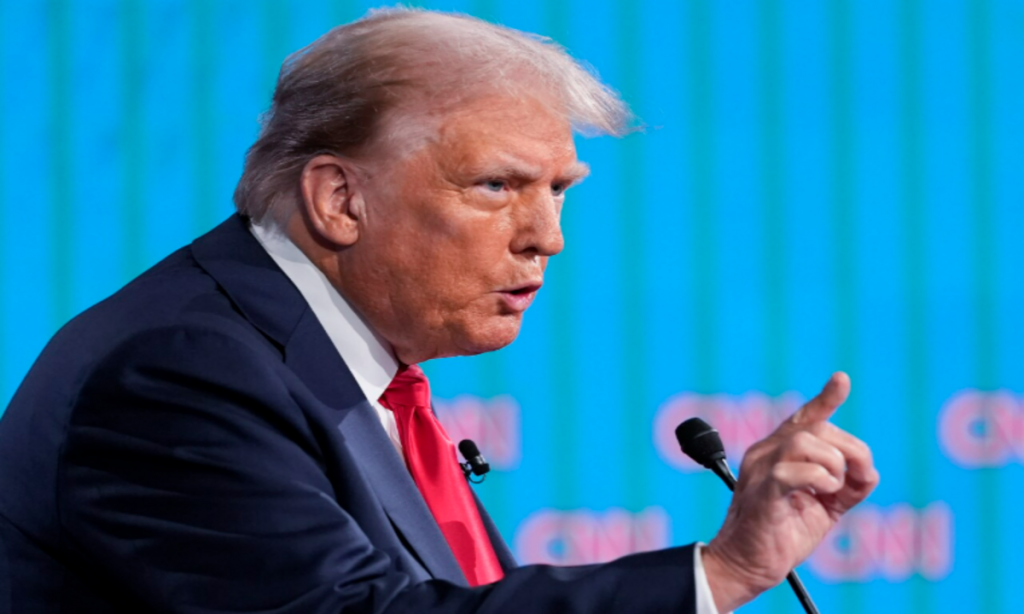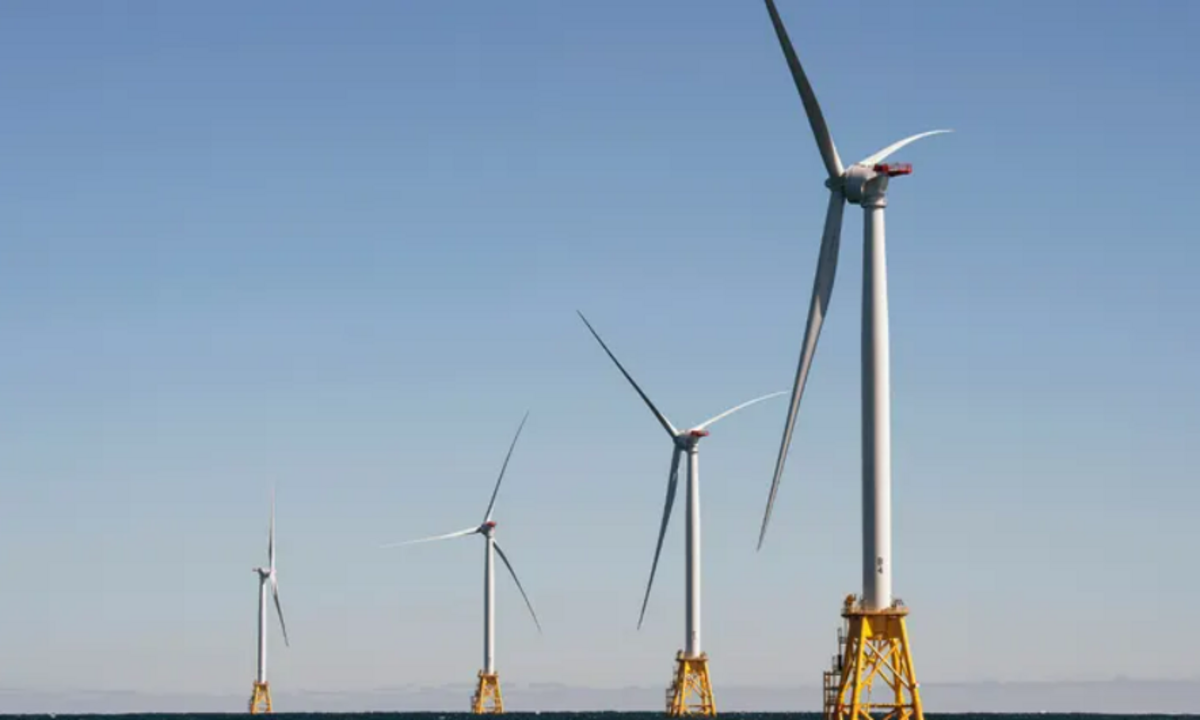New Jersey’s ambitious offshore wind energy plans have come to a halt following an executive order signed by President Donald Trump.
The order, issued on his first day back in office, bans new offshore wind leasing and mandates a review of federal permitting processes. This sudden policy shift has forced the state to cancel its first offshore wind project and halt further bids on other planned projects.
The New Jersey Board of Public Utilities (BPU) announced that it would not proceed with its fourth offshore wind solicitation, citing federal uncertainty and financial risks. Christine Guhl-Sadovy, the president of the BPU, stated that awarding new wind contracts “would not be a responsible decision at this time.”
This move has cast doubt on the future of offshore wind in New Jersey, a state that had previously been leading the charge in clean energy initiatives.

Shell Withdraws from Atlantic Shores Offshore Wind Project
In addition to the federal ban, the offshore wind industry in New Jersey took another hit when energy giant Shell announced its withdrawal from the Atlantic Shores offshore wind project. Shell had been one of the key players in the development of offshore wind energy in the region, but the company cited increasing market competition, delays, and an uncertain regulatory environment as reasons for stepping back.
Despite Shell’s exit, project partner EDF Renewables has expressed a commitment to continue developing offshore wind energy in the state. However, without strong federal support and stable policies, the future of offshore wind projects remains unclear.
State Cancels New Offshore Wind Contracts
The decision to halt offshore wind development was further reinforced when the BPU confirmed that New Jersey would not award any new contracts for offshore wind energy. The board cited concerns over rising costs, permitting challenges, and lack of certainty due to Trump’s executive order.
This development is a significant setback for New Jersey’s clean energy goals. The state had initially set a target to generate 11,000 megawatts of offshore wind power by 2040. However, with current challenges, achieving this goal now seems unlikely.
Governor Murphy Pushes Back, Calls for Federal Support
Governor Phil Murphy, a long-time advocate of offshore wind energy, has voiced his frustration over these setbacks. Since taking office in 2018, Murphy has pushed for clean energy policies, viewing offshore wind as a crucial part of New Jersey’s plan to combat climate change and promote energy independence.
Despite the latest developments, Murphy remains hopeful that offshore wind will still play a role in the state’s future. He has urged the Trump administration to work with New Jersey to lower energy costs, create jobs, and promote energy security.
“I support the BPU’s decision on the fourth offshore wind solicitation, and I hope the Trump administration will partner with New Jersey to lower costs for consumers, promote energy security, and create good-paying construction and manufacturing jobs,” Murphy said in a statement.
Murphy, who is term-limited this year, has made clean energy a core pillar of his administration. However, with these recent setbacks, offshore wind energy may not be a significant part of his legacy.

Challenges Facing the Offshore Wind Industry
Beyond federal opposition, the offshore wind industry faces several challenges, including rising costs, supply chain bottlenecks, and difficulties securing financing.
Global energy companies like Ørsted have reported financial losses due to project delays and increased costs. The uncertainty surrounding Trump’s executive order adds another layer of complexity for investors, making it harder for states like New Jersey to move forward with clean energy plans.
The Future of Offshore Wind in New Jersey
With the federal government’s latest actions, the future of offshore wind in New Jersey remains uncertain. The state had positioned itself as a leader in clean energy, but recent developments are forcing officials to reconsider their approach.
While the offshore wind industry still has strong advocates, including Murphy and renewable energy companies, continued federal resistance could push projects further out of reach. The state may need to explore alternative funding models, state-level policies, or legal challenges to move forward with its clean energy goals.
For now, the offshore wind industry in New Jersey is at a crossroads, waiting to see if political and economic conditions will shift in its favor.
Disclaimer—Our team has checked this article to ensure its accuracy and eliminate any misinformation. We are committed to providing clear and reliable information for our readers.


